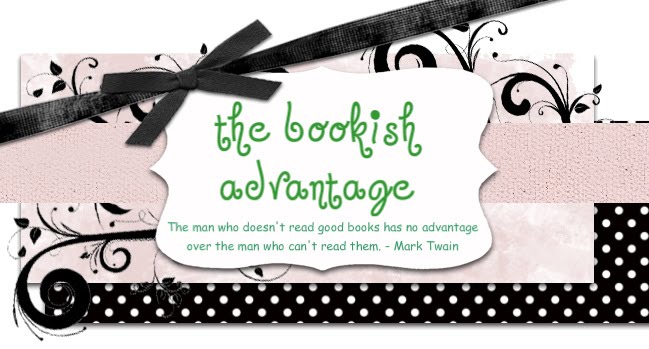Reflection: Content Literacy Articles
Reading expository text is really what students do for the majority of their school experience. All textbooks (except maybe a literature book) are expository text. Teaching students how to use the resources that are present in expository text – headings, subheadings, photo captions, diagrams, charts, etc. – is part of my role as a teacher. Students need to learn these skills so that they an become lifelong learners with the ability to read, write, and think independently. Literacy skills – and especially nonfiction and content literacy skills - are necessary to become successful in the “real world”.
“Content literacy” means the skills needed to manipulate content area text. However, the skills needed may change based on the content, so being “content literate” requires a variety of skill sets. First, the reader needs to know what to do with the text (which would depend on the type of text and the purpose for reading). Then, it is helpful to use writing along with the reading to help make meaning and strengthen connections.
There are four core principles of content literacy:
1. Active engagement – “Learning is not a passive experience.” (http://www.literacymatters.org/content/overview/principles.htm) Students need to be actively engaged in their learning. Students need to connect to their prior knowledge, and then connect their new learning to that old knowledge as they synthesize information and develop key understandings. The synthesizing is hard for kids, but if teachers begin to teach those synthesizing skills at early ages, it will be easier later on.
2. Varied resources – Teachers need to go beyond the textbooks and introduce kids to a wide variety of reading materials. As we move toward 21st century literacies, these resources will need to include online resources, not just the traditional paper resources
3. Social experiences – Reading and writing both need to be social experiences. Students should engage in conversations and discussions about the materials because that collaboration can help them form deeper understandings. In terms of writing, working together on pre-writing activities, using peer editing, and giving the authors feedback are all beneficial ways to increase interaction.
4. Reading and writing like you are “in the field” – We need to teach students how to read materials as if they are professionals. The article brought up the suggestion of talking about historical context and the author’s bias. I think I do this when we talk about “presentism” (looking at history through our present point-of-view). By warning my kids against that and encouraging them to look at the history as if they were there, I am encouraging their understanding. I think this will be especially helpful in teaching about primary and secondary sources in Social Studies.





0 comments:
Post a Comment